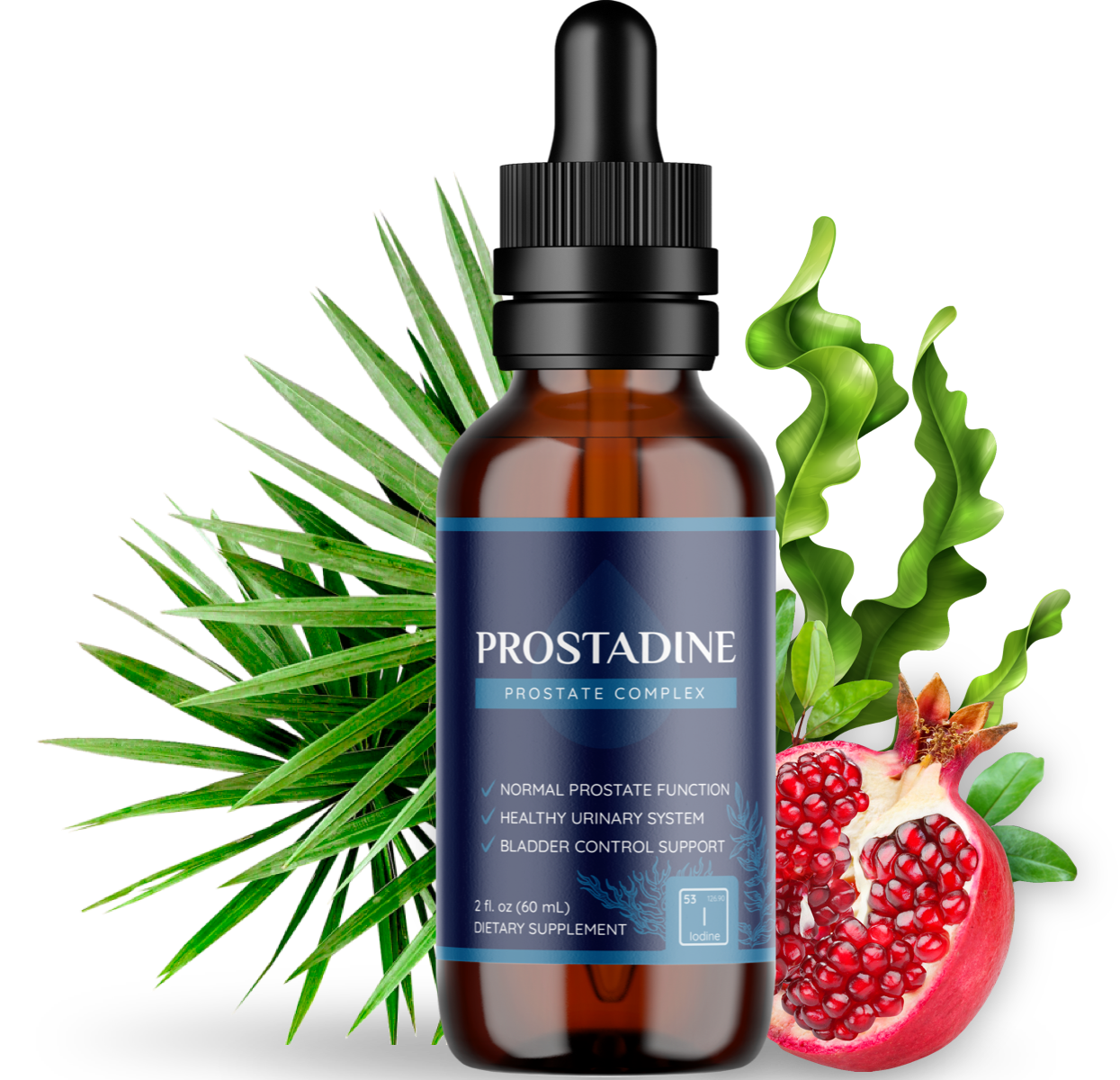| Recommend 6 Prostate Supplements |
|
How does Prostate Hyperplasia affect prostate tissue?
Benign prostatic hyperplasia (BPH) affects prostate tissue primarily by causing the non-cancerous enlargement of the prostate gland. Here’s how BPH impacts prostate tissue:
- Increased Prostate Volume: BPH is characterized by the proliferation of prostate cells, leading to an increase in the size of the prostate gland. This enlargement typically occurs in the inner portion of the prostate gland, known as the transition zone, which surrounds the urethra—the tube that carries urine from the bladder out of the body. The growth of prostate tissue in the transition zone can compress the urethra, obstructing the flow of urine and leading to urinary symptoms.
- Changes in Prostate Structure: As the prostate gland enlarges in BPH, changes occur in the structure and architecture of prostate tissue. The enlargement may lead to alterations in the glandular and stromal components of the prostate, including the proliferation of glandular epithelial cells and the expansion of stromal tissue. These changes can contribute to the overall enlargement and nodularity of the prostate gland.
- Compression of Surrounding Structures: The enlargement of the prostate gland in BPH can compress surrounding structures in the pelvic region, including the urethra, bladder neck, and pelvic nerves. Compression of the urethra can lead to urinary symptoms such as urinary hesitancy, weak urine stream, or incomplete bladder emptying. Compression of pelvic nerves may also affect sexual function and bladder control.
- Potential Complications: In severe cases, BPH can lead to complications such as urinary retention, urinary tract infections, or bladder stones. These complications can further impact prostate tissue and may require medical intervention to relieve symptoms and prevent further complications.
Overall, benign prostatic hyperplasia causes the enlargement and nodularity of prostate tissue, primarily in the transition zone surrounding the urethra. These changes in prostate tissue can lead to urinary symptoms and complications that affect an individual’s quality of life. If you’re experiencing symptoms of BPH or have concerns about prostate tissue changes, it’s essential to consult with a healthcare professional for proper evaluation and management.
Can Prostate Hyperplasia lead to urinary tract obstruction?
Yes, benign prostatic hyperplasia (BPH) can lead to urinary tract obstruction, primarily due to the enlargement of the prostate gland. Here’s how BPH can cause urinary tract obstruction:
- Compression of the Urethra: As the prostate gland enlarges in BPH, it can compress the urethra—the tube that carries urine from the bladder out of the body. The compression of the urethra can obstruct the flow of urine, leading to difficulty initiating urination, weak urine stream, or incomplete bladder emptying.
- Bladder Outlet Obstruction: The enlargement of the prostate gland can also affect the bladder outlet, where the urethra meets the bladder. This obstruction at the bladder outlet can increase resistance to urine flow and make it challenging for the bladder to empty completely during urination.
- Urinary Retention: In severe cases of BPH, urinary retention can occur, where the individual is unable to urinate at all. Urinary retention can lead to significant discomfort, urinary symptoms, and complications such as bladder distension, urinary tract infections, or kidney damage if left untreated.
- Complications: Urinary tract obstruction due to BPH can lead to various complications, including urinary tract infections, bladder stones, or damage to the kidneys from backflow of urine (reflux). These complications can further exacerbate urinary symptoms and impact an individual’s quality of life.
- Risk of Acute Urinary Retention: Individuals with BPH are at increased risk of experiencing acute urinary retention, where the bladder suddenly becomes unable to empty urine. Acute urinary retention is a medical emergency and requires immediate intervention to relieve the obstruction and empty the bladder.
Overall, benign prostatic hyperplasia can lead to urinary tract obstruction, which can significantly impact an individual’s urinary function and quality of life. If you’re experiencing symptoms of urinary obstruction or other urinary symptoms associated with BPH, it’s essential to consult with a healthcare professional for proper evaluation and management. Treatment options for BPH aim to relieve symptoms, improve urinary flow, and prevent complications associated with urinary tract obstruction.
What is the relationship between Prostate Hyperplasia and testosterone replacement therapy?
The relationship between benign prostatic hyperplasia (BPH) and testosterone replacement therapy (TRT) is complex and not fully understood. Here are some considerations regarding their relationship:
- Potential Impact on Prostate Growth: Testosterone is the primary male sex hormone, and its metabolite dihydrotestosterone (DHT) is known to stimulate the growth of prostate tissue, including the development of BPH. Concerns have been raised that TRT, which increases testosterone levels in the body, could potentially exacerbate BPH or increase the risk of prostate-related complications. However, clinical studies investigating the effects of TRT on BPH have yielded mixed results, with some studies suggesting a modest increase in prostate volume and urinary symptoms, while others have found no significant association.
- Individual Variation: The response to TRT in individuals with BPH may vary depending on factors such as age, baseline testosterone levels, severity of BPH symptoms, and presence of other medical conditions. Some individuals with BPH may tolerate TRT well without significant worsening of symptoms, while others may experience exacerbation of urinary symptoms or other prostate-related complications.
- Monitoring: If TRT is considered for individuals with BPH, close monitoring of prostate health and urinary symptoms is essential. Monitoring may include regular prostate examinations, measurement of prostate-specific antigen (PSA) levels, and assessment of urinary function. Any changes in symptoms or prostate health should be promptly evaluated by a healthcare professional.
- Medication Interactions: Some medications used for BPH treatment, such as 5-alpha-reductase inhibitors (e.g., finasteride, dutasteride), work by reducing the conversion of testosterone to DHT, thereby shrinking the prostate gland. TRT may interact with these medications and potentially affect their efficacy in managing BPH symptoms. It’s important for individuals considering TRT to discuss potential interactions with their healthcare provider.
- Individualized Approach: The decision to initiate TRT in individuals with BPH should be made on a case-by-case basis, taking into account the individual’s overall health status, symptoms, and treatment goals. Healthcare providers should carefully weigh the potential benefits of TRT against the risks and closely monitor individuals receiving TRT for any adverse effects on prostate health.
Overall, while the relationship between BPH and TRT is complex, with potential concerns regarding prostate growth and symptom exacerbation, TRT may be considered in select individuals with BPH after careful evaluation and monitoring by a healthcare professional. Any decision regarding TRT should be made in collaboration with a knowledgeable healthcare provider who can provide personalized recommendations based on the individual’s specific circumstances and medical history.
 A recent Harvard study has pulled the alarm on the solid microscopic matter found in water. These toxic minerals build up to the walls of your prostate and urinary system, just like limestone sticks to pipes. In time, it makes your prostate larger, creating a constant pressure, making you pee more, in a desperate attempt to flush the buildup out. The tests have shown that most of the US areas are infected with this toxic water, causing more and more innocent men to reach the ER with prostate failure. It is a scientist-formulated mix that gathers 9 scientifically proven, extra-strong ingredients into one unique dropper that targets the root cause of prostate enlargement and urinary tract infections, clearing and flushing out the mineral buildup from your system. |

Who said a return to perfect prostate health was impossible? Years of enlarged prostate misery addressed in weeks… No more swollen prostate gland – and no more frustrating peeing problems!
Click to see more detail on Video
